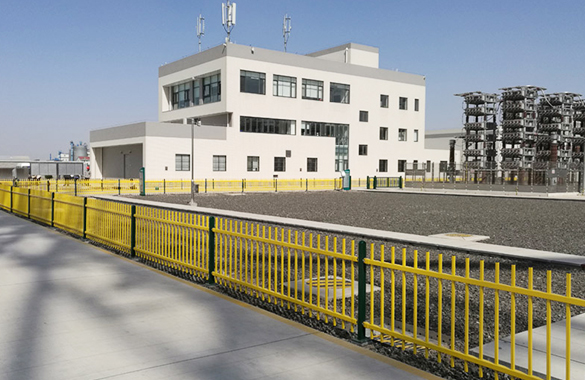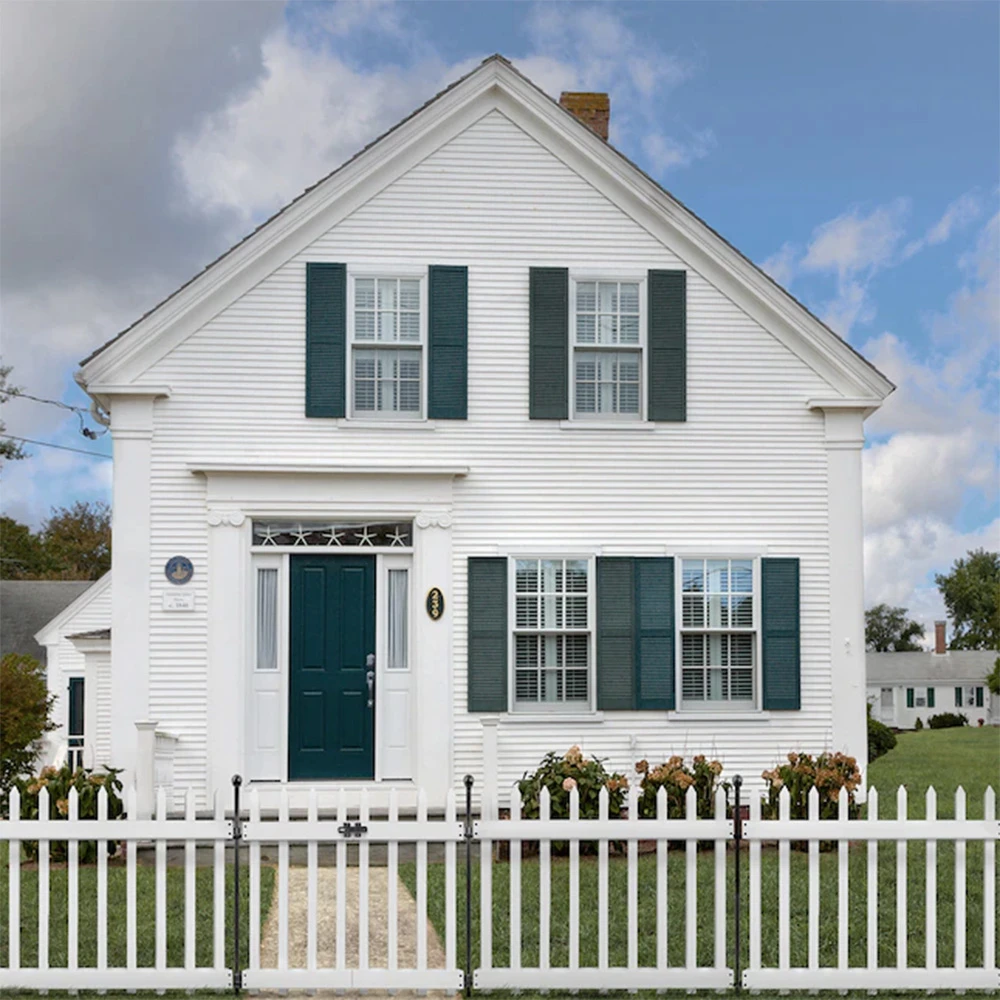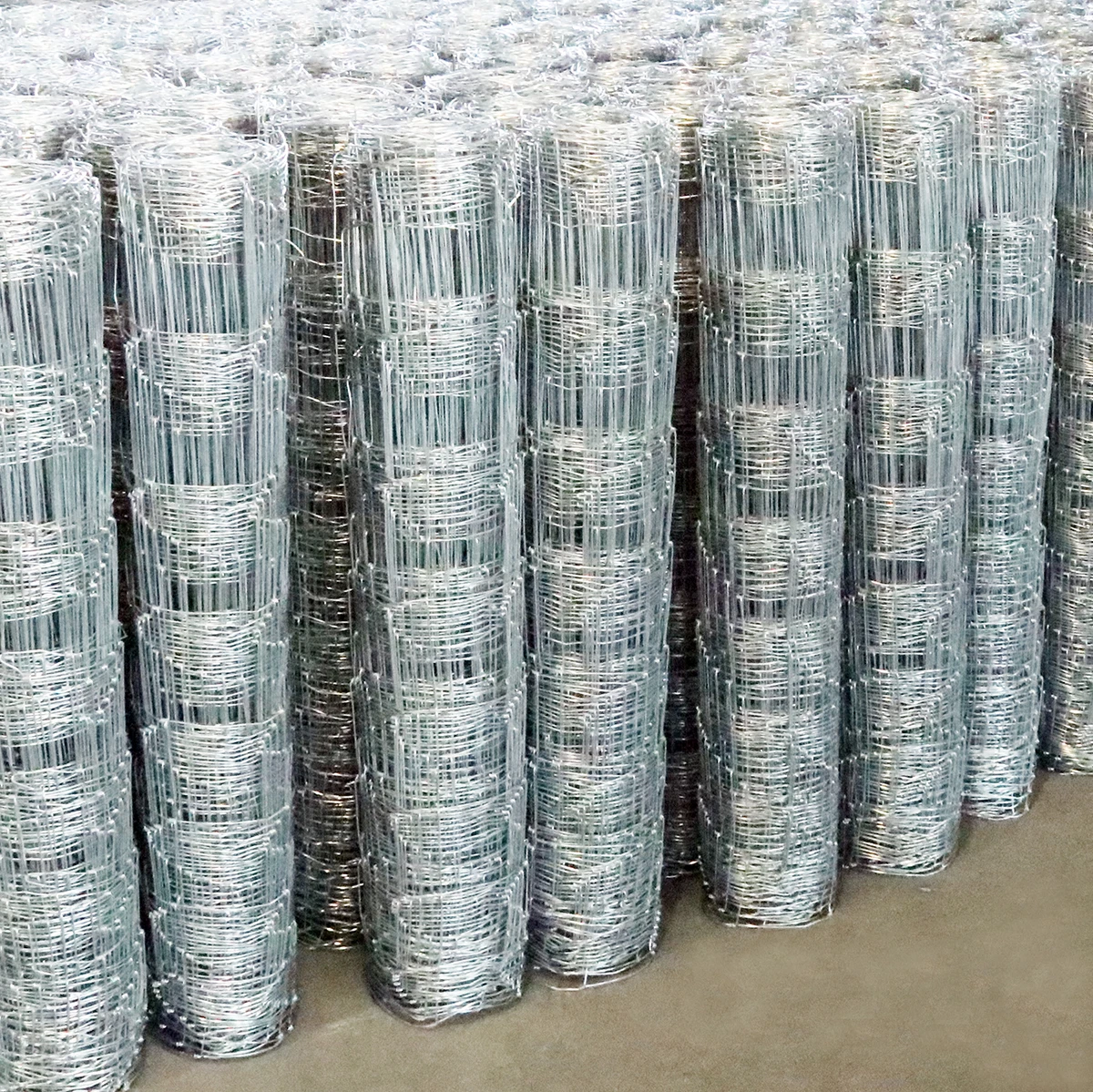metal garden trellis for climbing plants
Ott . 31, 2024 00:08
The Beauty and Functionality of Metal Garden Trellises for Climbing Plants
In the realm of gardening, trellises serve as both functional structures and artistic enhancements. Among various materials available, metal garden trellises have gained popularity, particularly for supporting climbing plants. These elegant fixtures not only add a sense of design to outdoor spaces but also play an essential role in the successful growth of plants. This article explores the benefits, styles, and maintenance of metal garden trellises, emphasizing their importance for climbing plants.
Why Choose Metal Trellises?
Metal trellises offer several advantages over their wooden or plastic counterparts. One of the primary benefits is their durability. They are resilient against the elements, resisting rot, warping, and insect damage, which often plague wooden trellises. This longevity means that gardeners can invest in a metal trellis with confidence, knowing it will serve its purpose for years to come.
Moreover, metal trellises are versatile. They come in various designs, from minimalist to ornate, allowing gardeners to choose a style that complements their garden aesthetic. Whether your garden features a contemporary look with clean lines or a more rustic vibe, there is a metal trellis to match. Furthermore, they can be painted or left in their natural finish, giving homeowners additional customization options to fit their personal aesthetic.
Supporting Climbing Plants
metal garden trellis for climbing plants

Climbing plants such as roses, clematis, and morning glories thrive when they have appropriate support. A metal trellis provides the necessary structure for these plants to reach new heights, thereby maximizing space in a garden. They encourage vertical growth, which is particularly beneficial for smaller gardens, making them appear more expansive.
When selecting a trellis for climbing plants, it is essential to consider the type of plant and its growth habits. Heavier vines, such as certain types of clematis, may require sturdier, more robust trellises, while lighter plants can thrive on more delicate structures. Additionally, the spacing of the trellis can influence plant growth. A trellis with narrower slats may be ideal for plants that need closer support for their stems to grab onto, while wider spacing works for more robust growth.
Maintenance Tips
One of the appealing aspects of metal trellises is their low maintenance requirements. Unlike wood, metal does not require regular sealing or repainting to prevent decay. However, periodic cleaning may be necessary to remove dirt, rust, or any build-up that could detract from their visual appeal. A simple wash with soapy water and a soft cloth will usually suffice. For those residing in areas with heavy snowfall or ice, it’s wise to check the trellis after winter to ensure it remains secure and undamaged.
In summary, metal garden trellises are an excellent investment for any gardener looking to support climbing plants. With their durability, variety of styles, and low maintenance, they enhance not only the health of plants but also the overall beauty of outdoor spaces. As more gardeners embrace vertical gardening techniques, the popularity of metal trellises is likely to continue to grow, making them a staple in creative and functional garden design. Whether you are a seasoned horticulturist or a novice gardener, incorporating a metal trellis into your garden can elevate both your plants and your outdoor experience.









 Unity
Unity Creation
Creation Challenge
Challenge Contribution
Contribution










